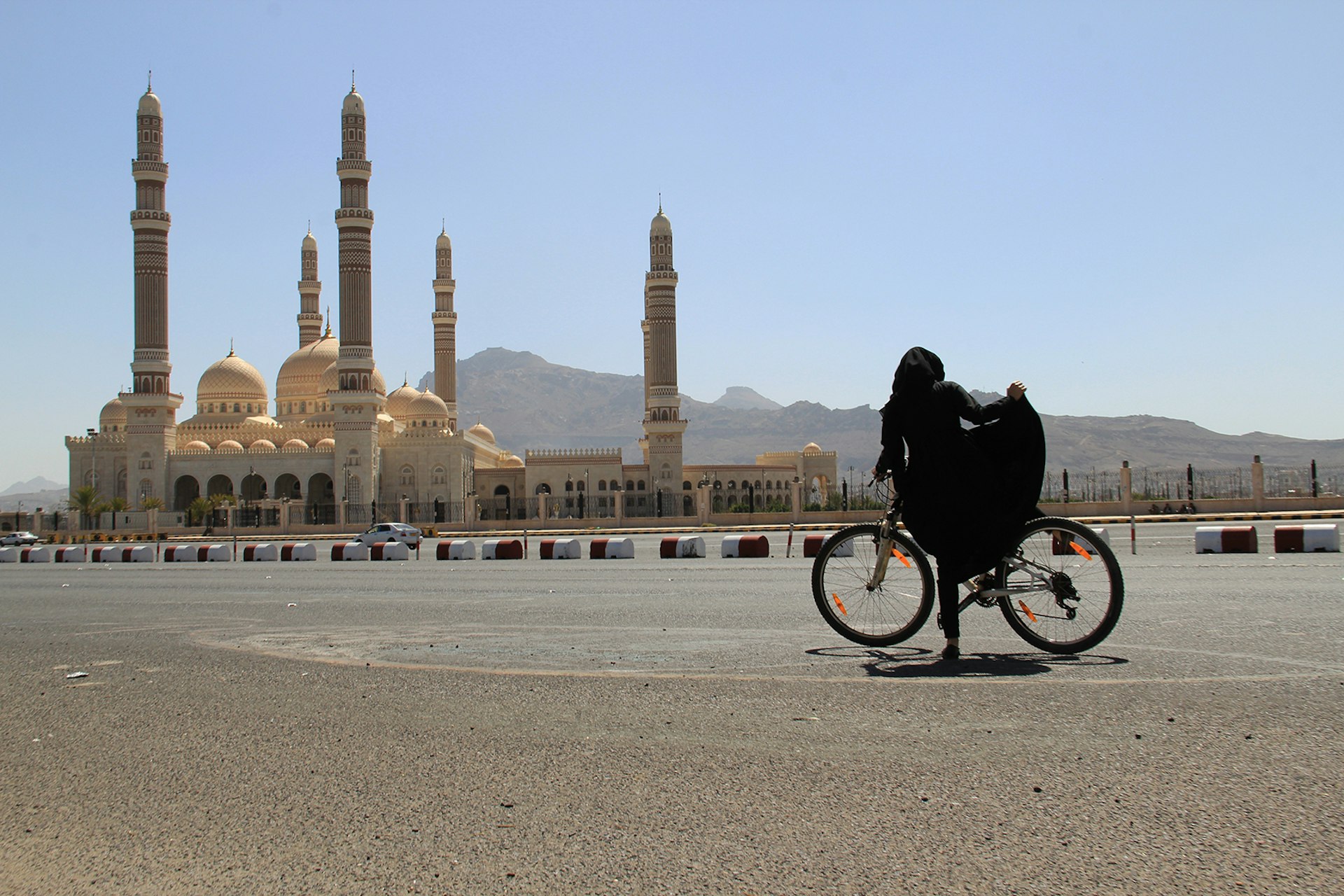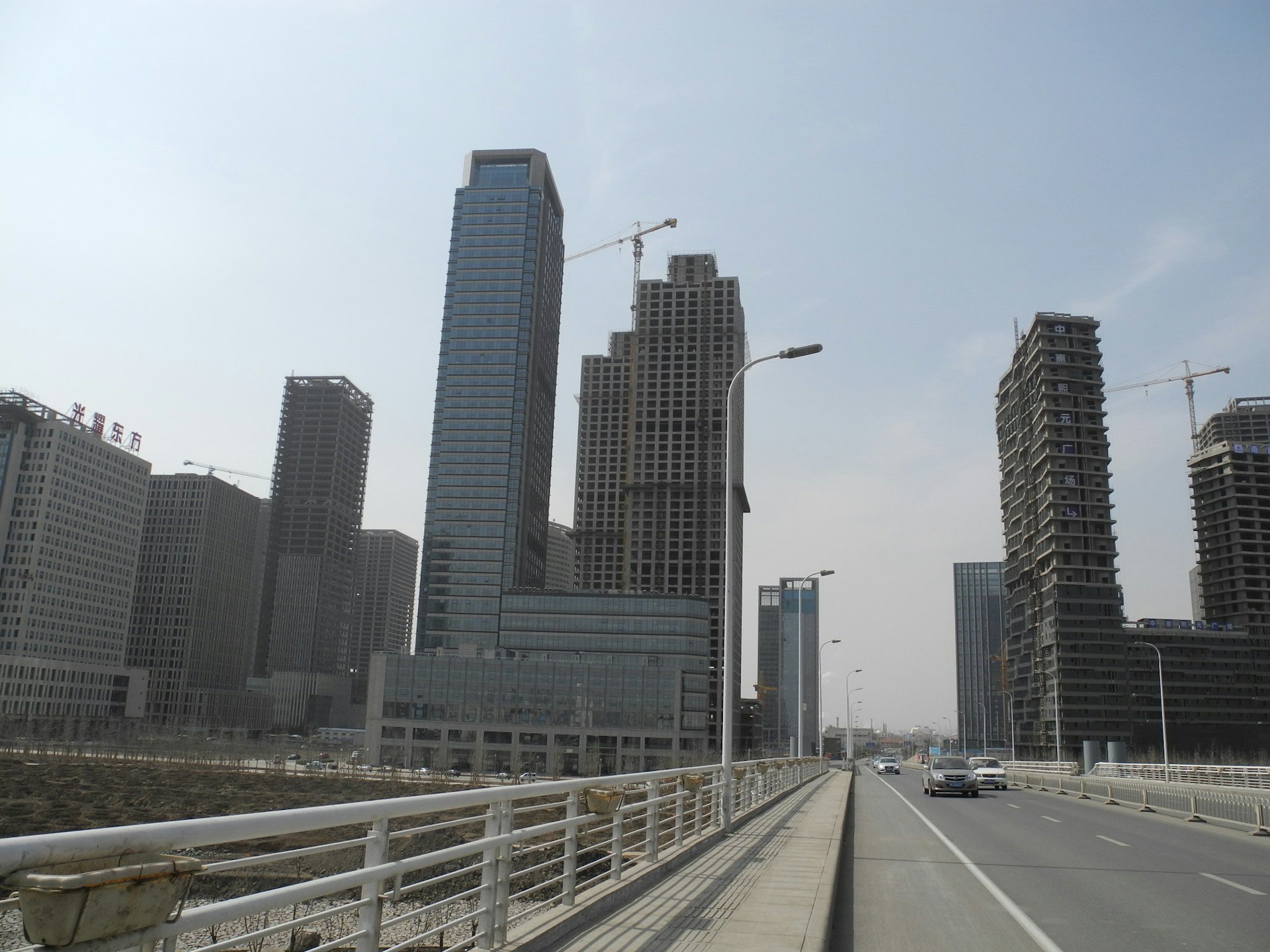
Are China's 'ghost cities' really a mark of failure?
- Text by Alex Robert Ross
- Photography by Wade Shepard
We don’t really build new cities in the West. We develop what we have, often expanding far beyond what might be rational or sustainable, but our governments rarely turn around and reveal an entirely new plot for us to move to, built on a space of land that we might never have heard of before.
Not so in China, though. As the 2008 Olympics showed, they have few problems building huge, impressive structures in almost no time at all and, sadly, they’re often far from squeamish about pushing people from their homes to do so. With a huge and rapidly growing population, city planning has gone far beyond sports stadia and athlete’s housing, instead becoming the vanguard for the next generation of Chinese homes as the economy inches towards its own brand of the free market.
These new cities have caught the media’s eye recently, with many of them impressive at first glance but, beneath the surface, underpopulated and barely functioning. Wade Shepard travelled round the country to find these fledgling metropolises, documenting their stories in his new book Ghost Cities of China. We gave him a call at his home on the East Coast to ask what a modern ghost town feels like.
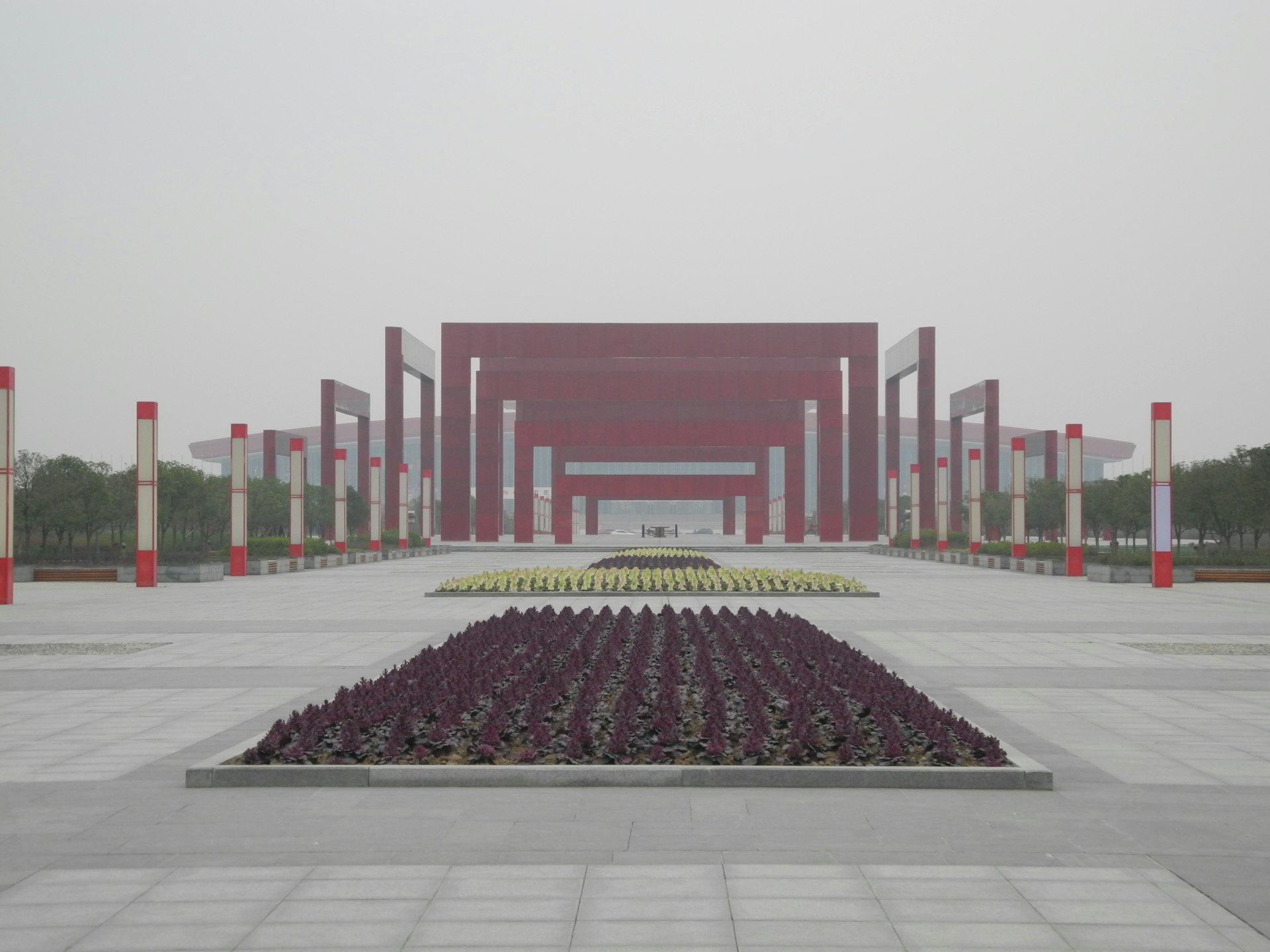
How did you start writing Ghost Cities of China?
It started almost by accident. In 2006, I was a student at Zhejiang University in Hangzhou in the east of China. I was travelling; I was a journalism student so I was working on another project about Chinese hermits and the modern hermit tradition, so I went out into the mountains. I arrived in this town that I’d never been to before, made a wrong turn out of the bus station into the new town and at that time this place had nobody living in it. I’d never seen it before and I’d travelled around for six or seven years before that. A completely empty town without people, it’s something that kind of blew my mind.
So I went back to the university and I told my professors about it and they really weren’t too interested, they just said that those places are everywhere. The more I travelled around, the more I found these places. This was before any of the ‘ghost city’ stories started coming out [in the media]. So outsiders – even Chinese people – didn’t really know what these places were yet and what was going to happen. The only thing that people knew was that these new cities, new towns, new urban expansion projects were going up very literally everywhere.
There was something about that phrase, “these places are everywhere” that stuck with me. I came back to China in 2011 and by that time I was working as a professional journalist and I needed a story, a project to start working on. So I started going back to a lot of these places that I’d been to previously when I was a student and started working on the book and it sort of grew from there.
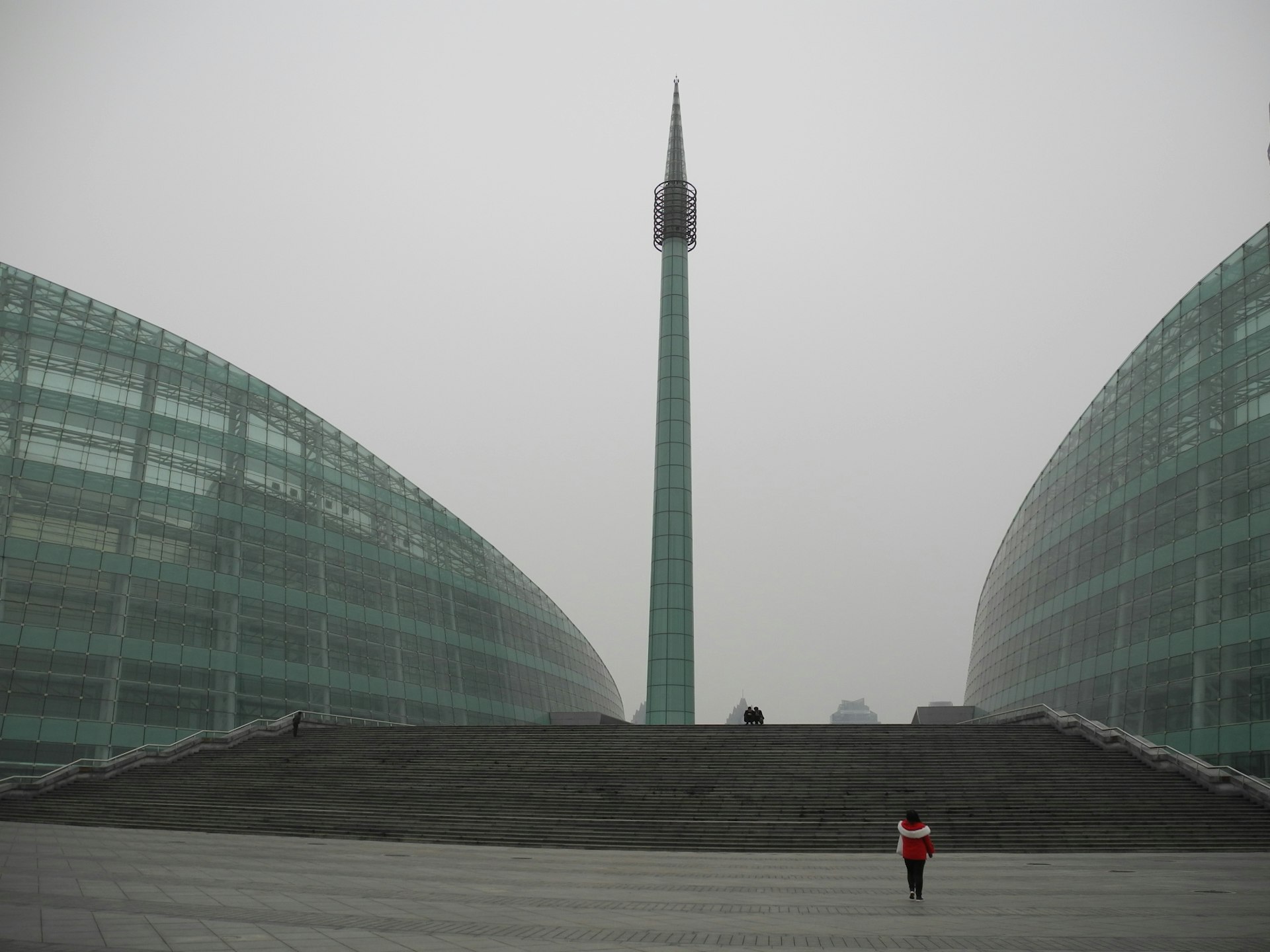
So there’s nothing stopping you from driving into these towns and having a look? Nobody tried to stop you from entering?
No difficulties at all. I wasn’t really driving, most of this book I was either taking public transport or riding a bicycle, that’s the best way to access many of these places. Many of them didn’t really have much public infrastructure set up yet. A lot of these places are still being built, which is interesting because a ghost s city narrative is like “these places are abandoned and nobody lives in them.” But most of them are still construction so of course nobody’s going to be living in them.
But I didn’t experience any problems at all having access to these places. It was something that was so irregular and out of the ordinary, having this weird foreigner show up, asking a lot of general questions about what’s going on. Even just walking into construction sites or places that I probably really shouldn’t have access to, me just showing up was so random and out of the ordinary, nobody really knew how to deal with it. Everyone was pretty ordinary and took me for a pretty benign oddity.
Do you think the reason your professors didn’t seem overwhelmed was that it was such a normal thing in China?
China’s gone through so many rapid transitions, throughout the 20th Century and all the way up until now. This kind of top-down influx of new city building was just completely ordinary – they see it everywhere. Being moved out of your house or out of your village, having your house destroyed is something that was just happening to everybody. It’s something that impacts so many people and it has been going on for quite a while. From the outside it seems really remarkable, but to people in it, it just seems like the way things are everywhere.
In fact, I was interviewing this one developer in a new city just outside of Shanghai. I asked him all sorts of questions about building new cities. He asked: “is this different to how they build new cities in America?” We don’t really build new cities in America. He thought it was something that was just ordinary.
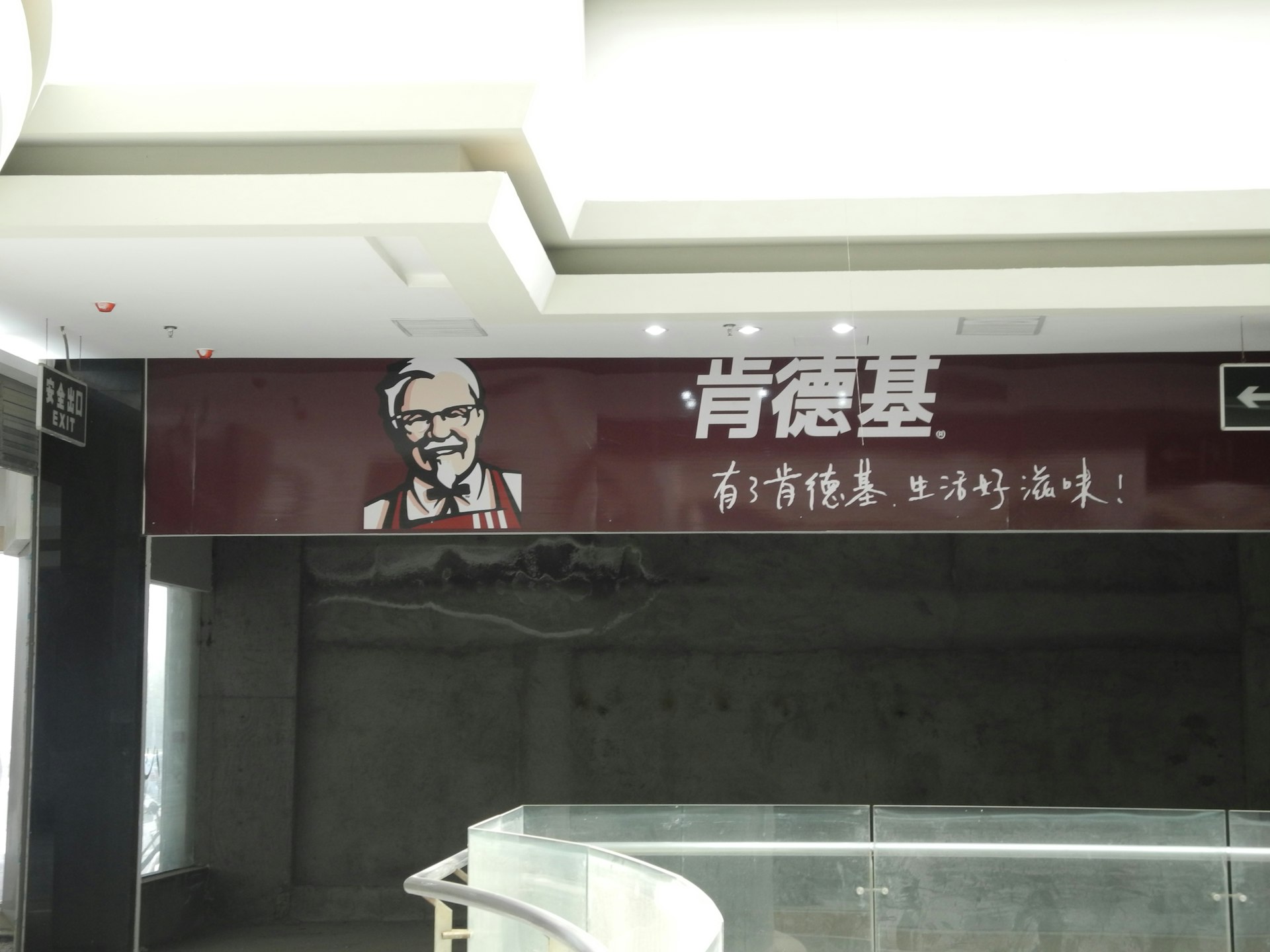
So that system, that way of building a new city for somebody to live in rather than building around people, is that something that you think can work?
There’s a lot of variations in how these plans are implemented. None of it is ever really going as planned. But generally speaking it works. Most of the major new cities are being populated. These places are built on 20-30 year plans, so they don’t really expect to have a big, vibrant population for decades from now. These places aren’t being built for today or tomorrow but 20 years down the line.
Most of the ones that have a lot of government support, most of the larger-sized ones, even though there are often hiccups along the way – money dries up, money comes back, there’s physical problems – they do work. They’re connected to the main transportation grids, they develop hospitals, public infrastructure, schools, and people move into the houses that they purchase which is something that’s interesting.

Thames Town, an English-themed city in the Songjiang District.
When the real estate starts being sold, the properties sell very quickly. So you’re looking at a lot of these new towns and people say in the media that they’re failures because they’re abandoned. What they don’t really say is that every single property has sold at a very high market value usually. So it’s still difficult to say they’re failures when the developers made their money when they sold their product.
Now, the reason why they’re empty – though I wouldn’t say empty, none are completely empty – but the reason they have a population that’s below capacity is because of just basic conditions that are very unique to China.
In what sense?
Well, one of the questions that I had when I first started this project is that you travel in China and you see these urbanisation projects going up literally in the middle of nowhere. You’ll be riding a train in the middle of the countryside and all of a sudden you’ll see 30-40 high-rise buildings. You look at that and you say that there’s absolutely no way that this place is going to attract people, there’s no way that this place can actually develop into a city. One of the questions was ‘why are these places being built?’ And not only that but how could anyone possibly think this is a good idea?
First of all, land is sold by the municipal governments. Mostly a municipal government will urbanise what was once rural land, which means that they’ll buy the land at a low rural price and then they re-zone it as urban and then resell the land for a high urban land rate. The difference in prices is sometimes 100 times more. So municipal governments make a massive amount of money selling land. In some cases, 40% of a municipality’s revenue comes from land sales, so they have this ‘buy low sell high’ scheme that’s going out across the country.
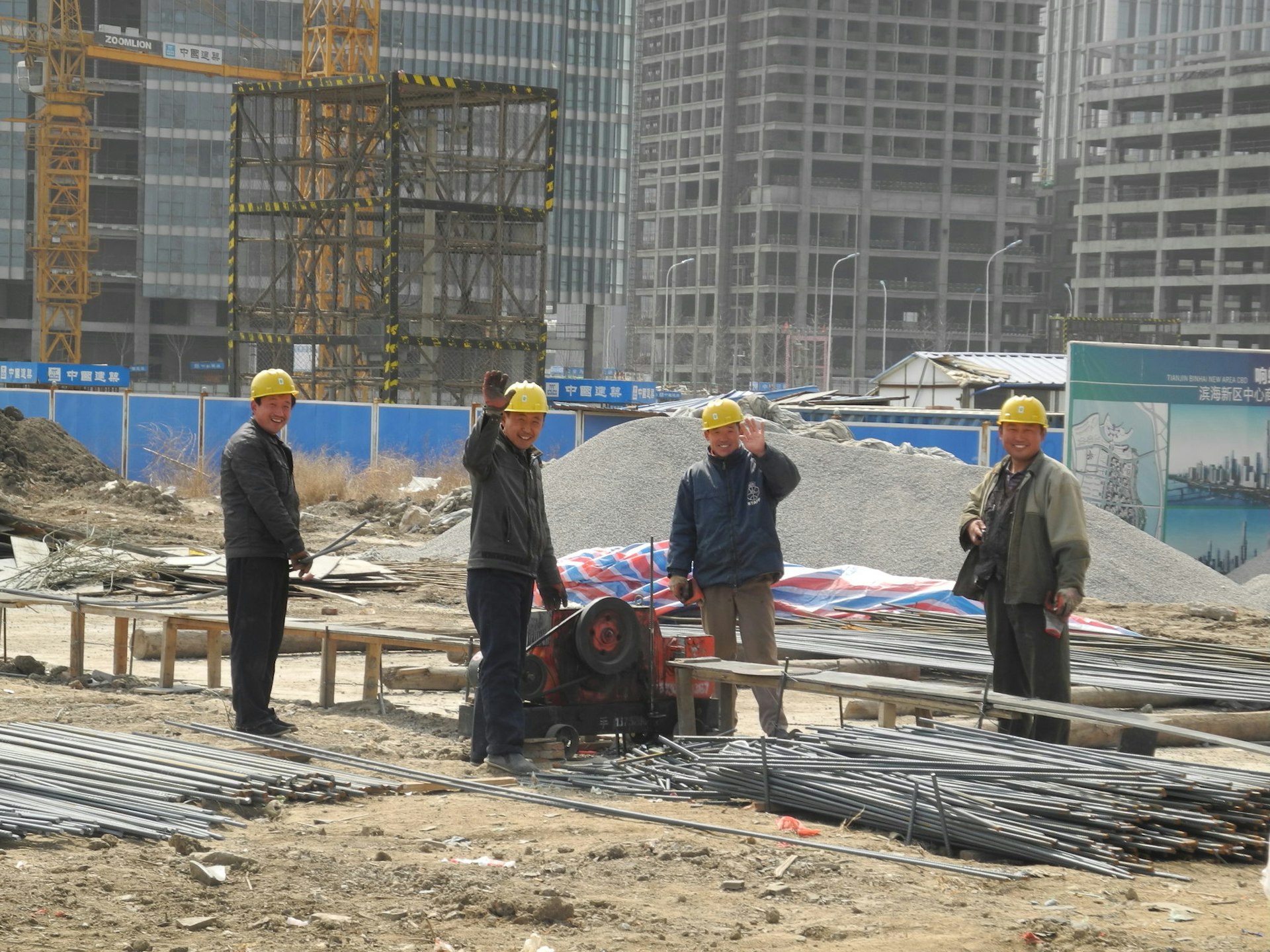
Developers buy residential land on 72-year leases, so they don’t really own this land forever. The mentality is if you want to make money off this investment, you need to get in early. So often with a large sized government like Shanghai or Beijing, when they auction off new land it’s kind of a feeding frenzy atmosphere. Developers want to get in early; they want to be the first ones there. But after they buy this land, they’re not permitted by Chinese law to sit on it. They can’t just buy the land then wait for the city to grow up around it or else they’d never be built. So they buy this land on the condition that they will build something almost immediately after they buy it; they can’t wait.
“A lot of what we’re seeing in these places is essentially rough drafts of what will eventually come. These are places that are literally disposable.”
The thinking is that if you get enough developers buying this land and building on it, eventually a city will be built. Now, these developers are buying these places on 72-year leases, and the average lifetime of a new building in China is around 30 years, so they’re going to get multiple times when they can destroy this property and rebuild it within the span of their lease.
A lot of what we’re seeing in these places is essentially rough drafts of what will eventually come. These are places that are literally disposable. And the first wave of development isn’t something that I’d call a practice round, because people really are buying these properties and moving into them, but the end goal is for something that’s going to look very different a few decades into the future.
What sorts of people are moving into these new cities? Because it doesn’t sound massively affordable…
There’s different kinds of new cities and there’s also different kinds of properties that are being sold within them. A large amount of these places, especially the most prominent ones that we’re seeing, are built for more middle and upper class people trying to upgrade their housing. There are two kinds of housing in China. There’s commodity housing which is sold on China’s version of the free market, then there’s economically affordable homes which are essentially subsidised homes that the developers can only sell for 5% more than it costs to make them.
When these cities are built, the first wave of properties will almost all be commodity housing, first of all because the developers want to make money, but also because local governments don’t want people moving into these places too early.
When they first start building cities they make money for the local government and they get a lot of tax revenue. But when people move in these cities start to cost money. So all of a sudden you’ve got to provide people with schools, you’ve got to provide hospitals, public transportation. So there’s this extended lag period between when these places appear to be cities and when they can actually function as such. This is pretty much by design. City building is a long-term process.
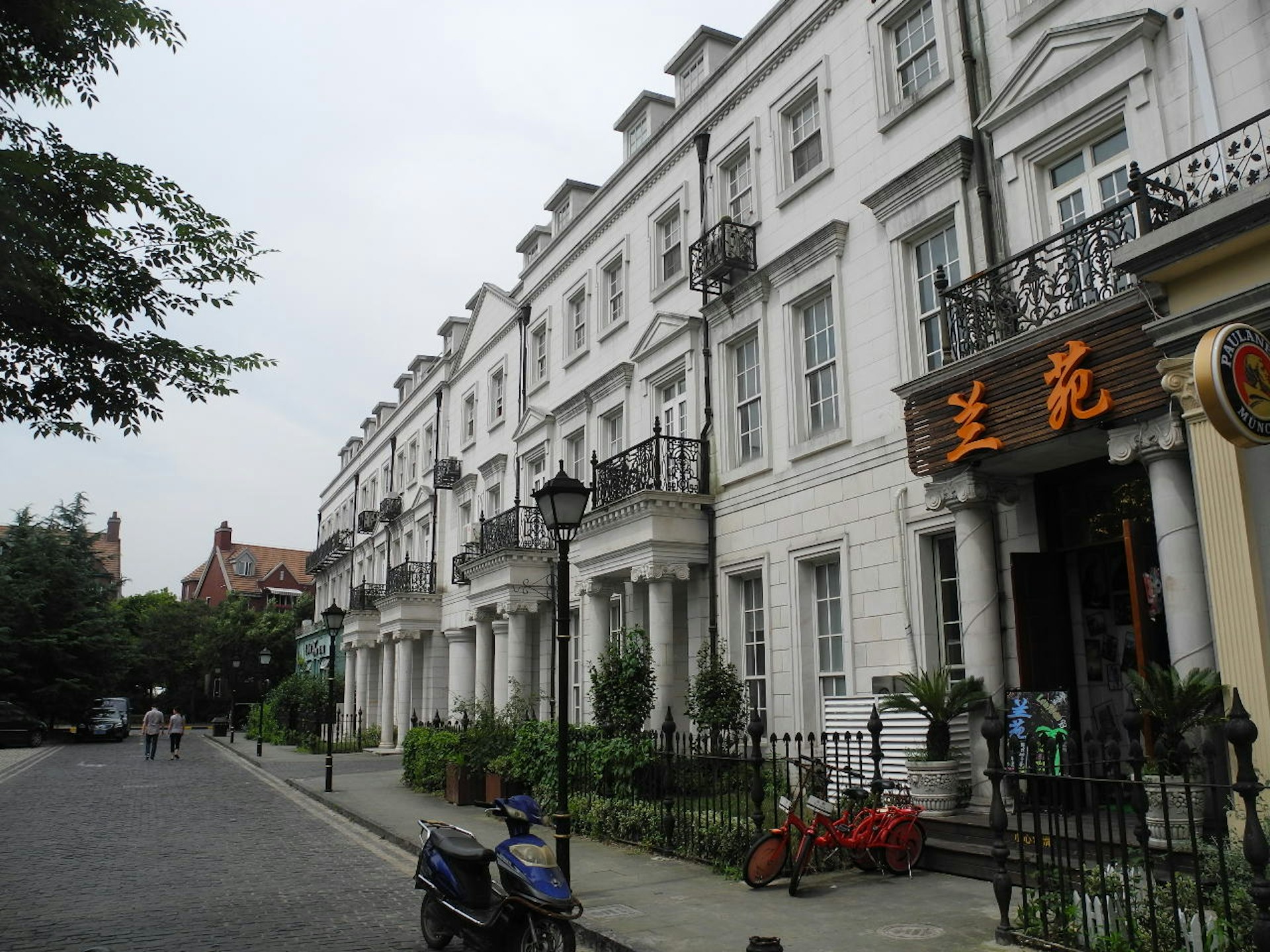
I’ve seen a lot of new cities that look like European cities and they look incredibly authentic, German towns and Italian towns. It must feel slightly strange, particularly when they’re sparsely populated, to walk through them.
These places are really surreal. They really are built to look almost exactly like the towns in Europe that they’re designed off and most of them are actually designed by German architects or Italian architects or French architects. It’s pretty wild walking into them. I mean they have fake storefronts, so realistic that you could walk up to one and think it’s a real cafe, but you walk up to it and realise the door is locked. It’s basically like a museum exhibit. That actually happened to me, I was looking for a cafe and found a place that looked exactly like a cafe, I tried to walk up to the door and realised that it was like a fake stage set. So there is that element.
But the thing about a lot of these European towns, especially the ones that surround Shanghai, is that these places are surrounded by what you would call the normal city or the normal sprawl, so what you have is this really small neighbourhood inside if this much broader urban area. And the areas immediately outside of these places are completely populated. It’s kind of this regular middle class sprawl area and inside of that will be this ritzy, upper class development that not many people will live in.
But then again, pretty much every single one of these properties in almost all of Shanghai, the foreign theme towns, have been sold, and many at very high prices. The going rate to get a property in Thames Town [the English-themed town] is something like $3m. So it’s hard to call these places failures. Just because they’re empty, doesn’t mean they’re not being used. Some of them are still being used as economic entities rather than places to live. Property has many different uses.
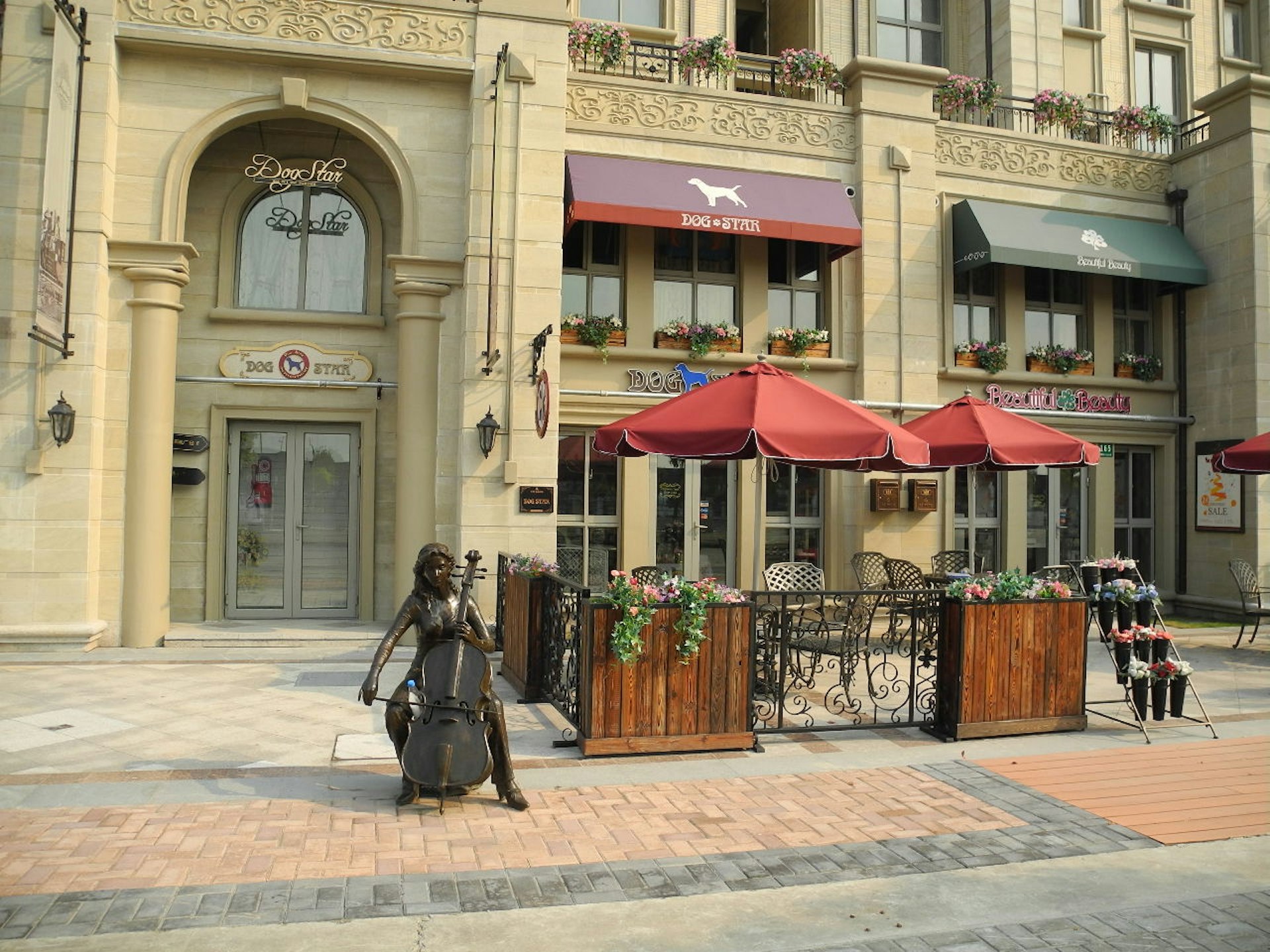
Like Disneyland?
Yeah. And a lot of these places are being built as vacation homes or for people to retire to. Or they’re for people’s kids. In China it’s the parents’ responsibility often to buy a house for their kid. Something like 30% of new home purchases are because of an impending marriage.
Just to be in one is a pretty wild experience, but the people that actually live in them tend to really enjoy them as they are. Middle and upper class people don’t move out of the central core of the city unless they really want to be in a place that’s different from the city. So a lot of the people that are buying property and moving into these foreign theme towns are people that don’t want them to be populated. They don’t want them to be completely full.
They’re fascinating places, pockets of small town life in the middle of raging urban China
Ghost Cities of China is out now via Zed Books. Wade Shepard’s website, Vagabond Journey, is definitely worth clicking onto as well.
